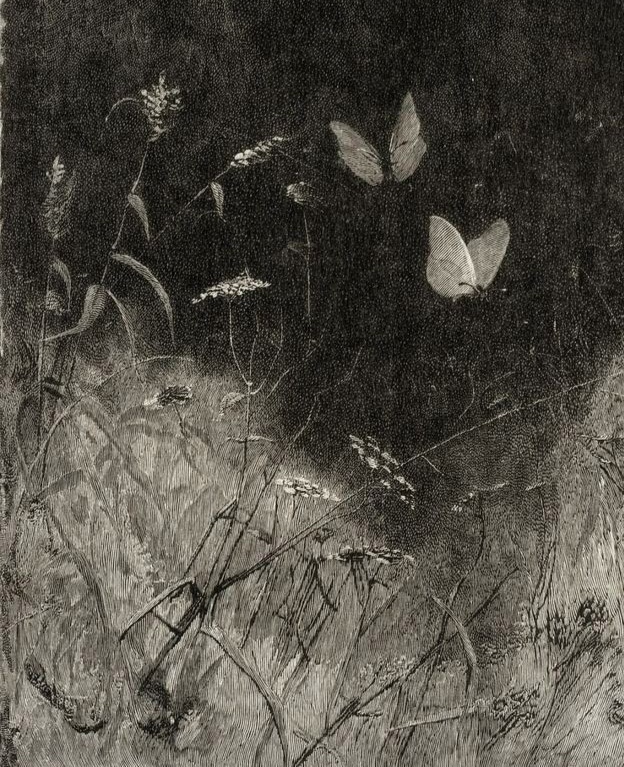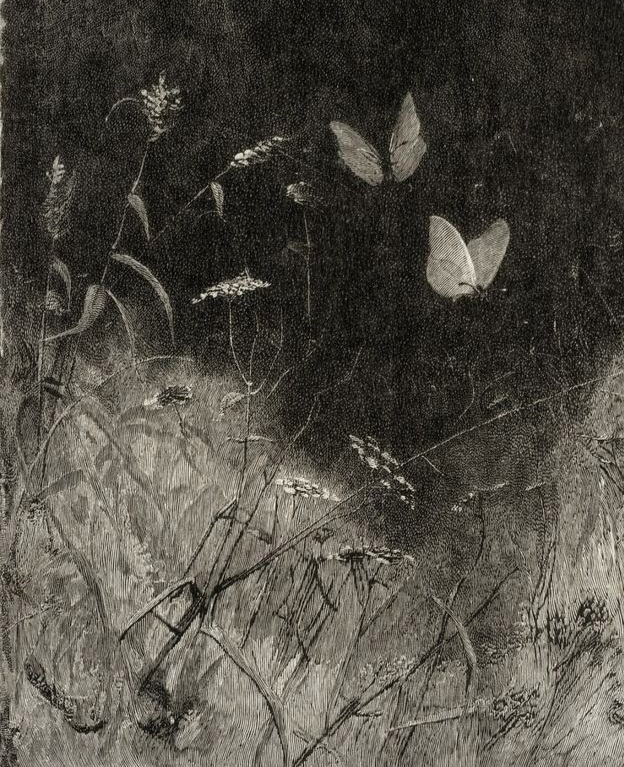Unnerving Strokes

I drew two mountains, a sun in the middle and a river flowing between them.
A picture forever familiar, exhibiting innocence and uniformity.
An ode to the death of creativity
It is understood among artist to be bold with their strokes.
Let the art breathe, do not set on it the fire of doubt ignited from within the hearts of wavering adults.
But can this art be myself if I do not let my anxiety bleed into it?
My soul could not withstand the world. It’s glares and it’s stares.
Now my palette is muddled.
The colours did not loose their vibrance.
They did not falter with time’s crusade,
But by their own will.
The more you mix the closer they get to a dirty black.
The painting left is crisp and sharp but less vibrant and a lot darker.
It could not potray the feeling of sweetness that I hoped to save.
The feeling of hands held in timid secrecy.
But how would I’ve salvaged this when,
The first brush strokes kissed my canvas as I watched you paint her portrait.


In this poem there is an lyric to the Death of Creativity” encapsulates the profound struggle faced by artists in preserving authenticity and confronting the pervasive influence of doubt. Through vivid imagery and introspective musings, the poet’s words resonate long after the reading experience. This elegy serves as a reminder of the fragile nature of creativity and the ongoing battle against external pressures and internal anxieties.
Overall, “An Ode to the Death of Creativity” is a powerful and contemplative piece that encapsulates the ebb and flow of artistic expression. With its concise yet evocative verses, it invites readers to reflect on their own creative journeys and the importance of embracing vulnerability and self-expression.
‘Unnerving Strokes’, penned by Liza, perfectly captures childhood and innocence wearing off as adulthood seeps in, expressing itself through art. The title reflects how the confident streaks of a pencil slowly fade into mystical figures of doubt, as time goes by. The author is reminiscing about her innocent brush strokes through the words of this beautifully written poem.
First, we are presented with the familiar picture of a scenery drawn by a little kid. The mountains, sun, and river in bold strokes represent the ingenuousness of a child’s mind, without second thoughts or overthinking. But as the poet tries to replicate the same drawing years later to bring back her buried creativity, she is unable to express herself in the painting without anxiety. Her muddled and unsettled mind runs through feelings of guilt, as she thinks about the firm strokes of artists and how art is best portrayed without the scrupulous eyes of an adult. Her art is a byproduct of who she is, her flaws, and her victories.
She unveils her restless soul, constantly looked down upon by the people around her. Every action of hers is scrutinized and commented up, and her mind longs to be freed from the clutches of the world. That affected her so much, we can understand, by the stained palette. The colors lost their charm, not with time and this shows how she was unable to handle the persistent criticism. The black the colors turn into, shows the aggravating hopelessness and confusion that she’s undergoing.
The poet is unsatisfied with the final picture she is left with. Its lost exuberance, the darkness she never meant to portray disheartens the artist, even with the sharp and crisp strokes. We finally understand the reason that the efforts to salvage the last pieces of her unblemished past were in vain; her hands were shaky from her watching her lover paint someone else’s portrait.
She hoped to be the muse, she hoped to paint beside him, but her hopes could never turn into reality.
The poem encaptures the themes of lost love, the longing to rewrite and undo the past and the nostalgia of childhood.